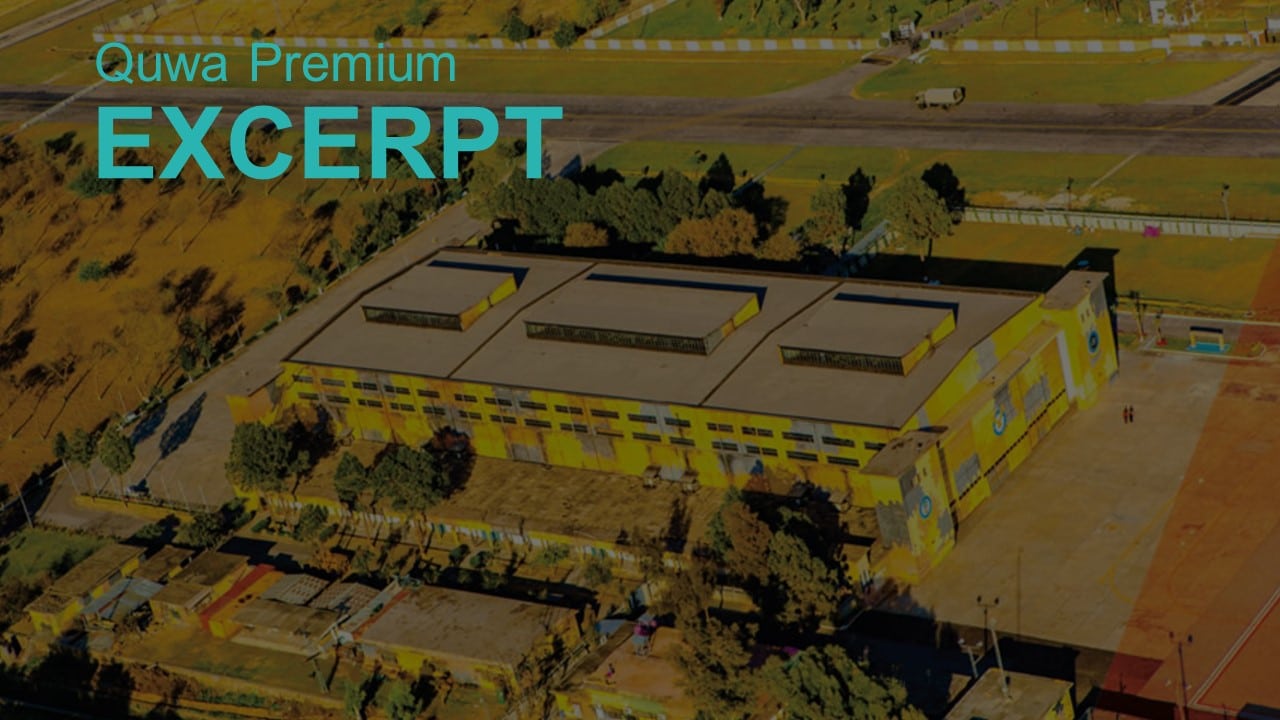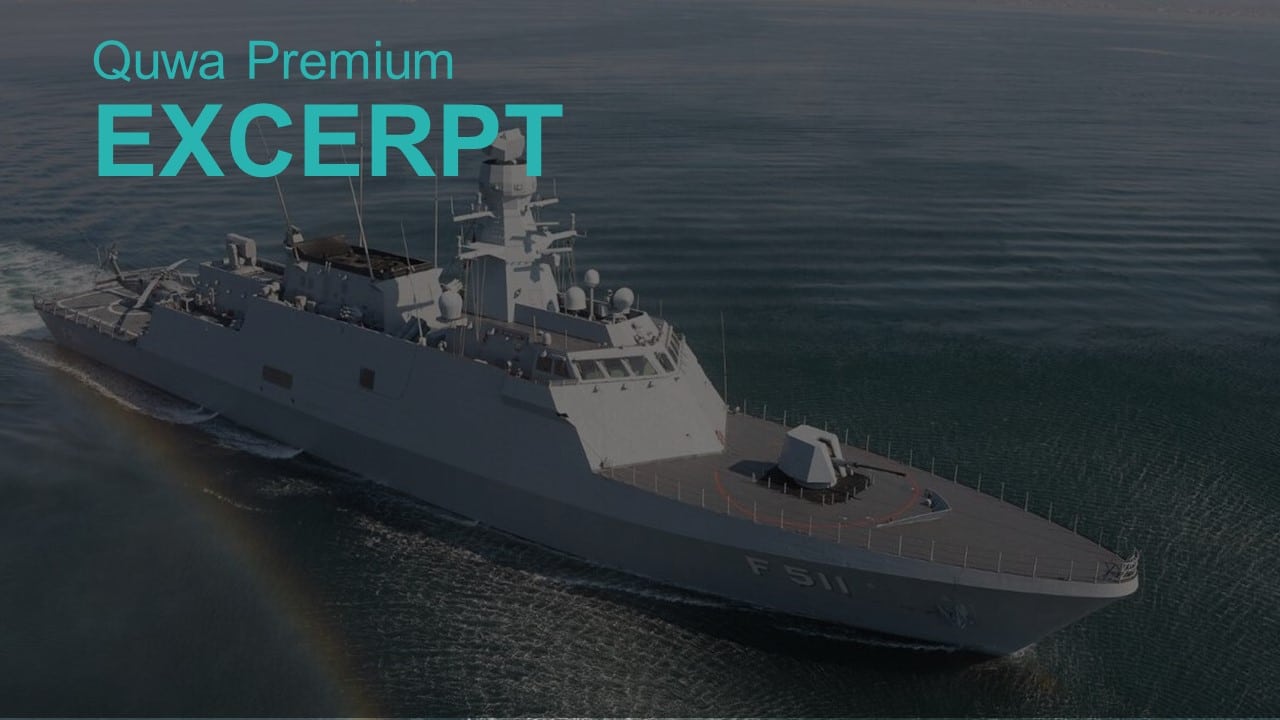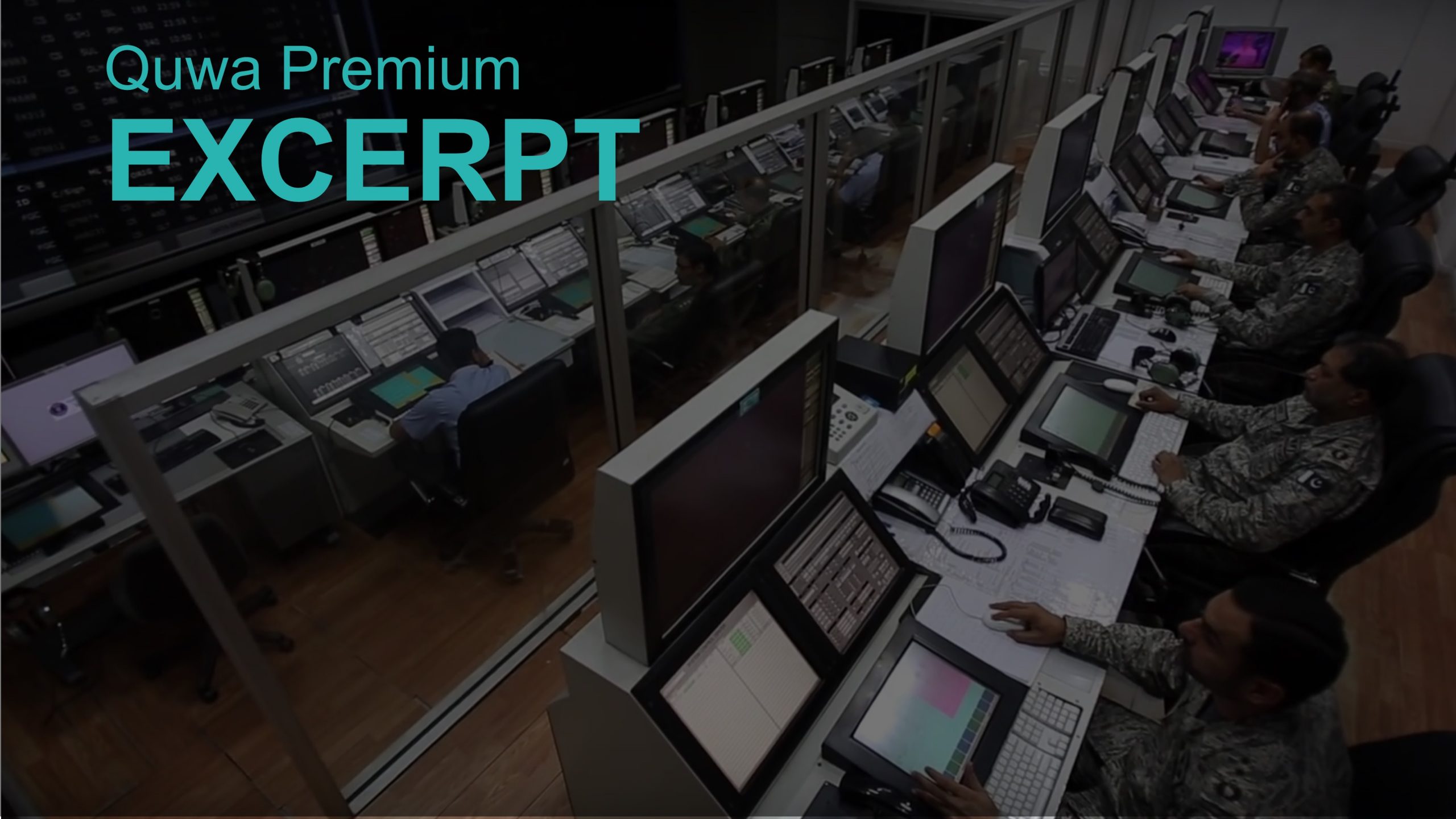2315Views

Understanding Pakistan’s Defence Industry Woes
In July 2019, the Pakistan Army’s (PA) Chief of Army Staff (COAS) General Qamar Javed Bajwa called for Pakistani defence industry entities to “amplify indigenization through fully integrated public and private organizations in defence production for meaningful progression in the defence of the country.”[1]
As noted on numerous occasions, the call for improving Pakistan’s defence industry – especially in terms of private sector contributions – is not new.[2] However, despite repeated statements to this effect, there has been limited progress in structuring the country’s defence industry towards achieving those goals.
The oft-cited causes for this are many. As an example, the managing director of Bow Systems Ltd., Shahzad Ahmed Mir, told Defense News that Pakistan’s civilian bureaucracy is a major obstacle to change.[3] Be it a lack of efficiency or unwillingness, the private sector lacks an avenue in supporting the military’s needs.
On the other end, Integrated Dynamics’ head, Raja S. Khan, noted that Pakistan deflated its drone industry when it moved development work to its state-owned enterprises. Likewise, Khan said that Pakistan does not “allow private sector entities to develop and test their designs.”[4]
Though bureaucratic hurdles and inefficiencies are barriers, Raja S. Khan’s perspective (which comes from the vantage point of a once growing defence firm) sheds light on the root problem. Basically, the Pakistani armed forces do not approach the local industry as a market of solutions, but as glorified armories.
Be it the mature industries in the US or new, thriving ones in Turkey, it is common to see domestic (along with foreign) players pitch different solutions for the armed forces’ requirements. So, the military releases a set of specifications, and the industry responds with proposals.
These proposals can involve original, domestically designed products or foreign ones through partnerships between local and outside companies. In any case, the responding business has a degree of autonomy in how it designs/secures the product. The business is also responsible for adjusting its processes to control costs, offer unique features, and other competitive advantages.
Ultimately, as far as the military is concerned, it simply sees the final offering. Yes, it can stipulate a series of requirements regarding local-sourcing, security controls, etc., but it does not micromanage processes or necessarily interfere with the business’ internal processes (e.g., for design, testing, etc).
However, in Pakistan, the defence industry does not operate with that level of freedom. And this reality is a result of the fact that the vast majority of defence production is conducted under state-owned entities (SOE). But the SOEs do not operate behind a gap, they are production entities owned directly by the armed forces. In a way, they are like armories that roll-out new weapons whenever the armed forces need them.
As a result, the armed forces dictate how Heavy Industries Taxila (HIT), Pakistan Ordnance Factories (POF), Pakistan Aeronautical Complex (PAC), Karachi Shipyards & Engineering Works (KSEW), etc., should work in terms of processes, product development, etc, at all times.
End of Excerpt (489/1,470 words)
You can read the complete article by logging in (click here) or subscribing to Quwa Premium (click here).
[1] “COAS stresses need for public-private partnership in Pakistan’s defence industry.” Geo News. 19 July 2019. URL: https://www.geo.tv/latest/243361-coas-stresses-need-for-public-private-partnership-in-pakistans-defence-industry
[2] Usman Ansari. “Pakistan wants to create a self-reliant, self-sustained defense industry.” Defense News. 25 July 2019. URL: https://www.defensenews.com/global/asia-pacific/2019/07/25/pakistan-wants-to-create-a-self-reliant-self-sustained-defense-industry/
[3] Ansari. Defense News.
[4] Ibid.


